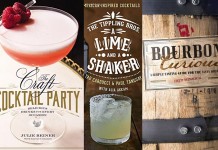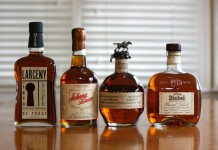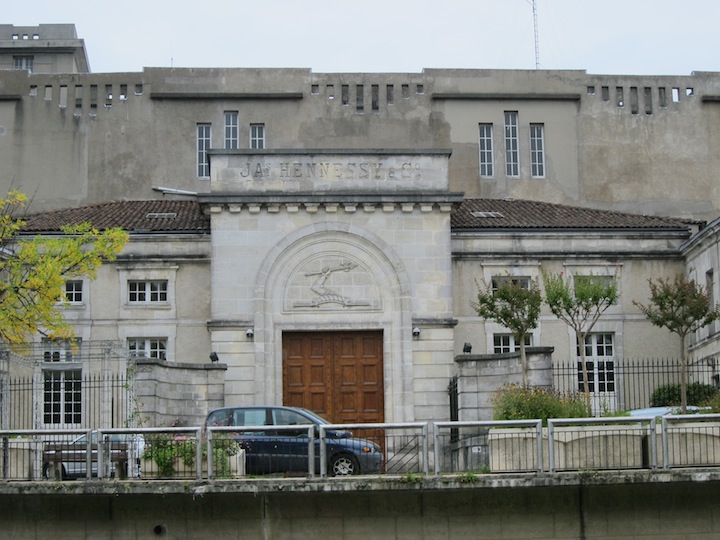“We are more here to observe and adapt than explain,” says Laurent Lozano, Director de Rechereche of Hennessy. As we sit sipping extremely old cognacs, I’m somewhat relieved that Laurent is as much at a loss for descriptors as I am. You see, doing tasting notes or even reviews of cognac is immensely challenging, as cognacs are a symphony of flavors and aromas which don’t present themselves as evenly or clearly as many other spirits. “We can both be sitting here smelling and tasting the same cognac and be at different points on the wheel of flavor and aroma,” explains Laurent. To make matters more difficult, the things that can separate the truly great cognacs from the rest can often be nearly impossible to articulate.

As we taste Hennessy Paradis, one of Hennessy’s most expensive ($500 a bottle) and oldest blends, both Laurent and I sit there in silence, both savoring the amazing spirit and trying to come up with the words to frame it. Neither of us can really come up with the right words. Rattling off a list of flavors just doesn’t sum up the experience – it’s something much more than just taste. “It’s sort of like seeing an old friend,” Laurent breaks the silence. “You know if you spend some time with him, he’ll gently lead you to something amazing.” Throughout my trip to Cognac, I am confronted with spirit that simply defies description. How can I be tasting fresh grape in a cognac blend whose youngest spirit is over 50 years old? What is that flavor in the mid-palate that really doesn’t have a name, and how does this complex symphony of flavors literally dance on my palate? I found great cognac often asking more questions than it answered, and I was relieved to see the professionals who work with the spirit day in and day out acknowledge that some things about cognac just can’t be described.

Cognac typifies the odd union of science and art in spirits. Companies like Hennessy have labs with immensely sophisticated spectrograph instruments which can measure the chemical compounds down to infinitesimal parts per billion. And yet, the final assessment of any spirit will always smell and taste. “We’ve had things that come up on our equipment that should chemically taste precisely the same, but it doesn’t.” At Hennessy, all spirits are tasted by a panel of nine tasters whose sense of smell and taste are always the final judge of a spirit.
While we generally understand chemically what happens to a spirit when you put it in a barrel or blend it, exactly what happens or how two things so chemically similar can taste different is still a mystery. “Sometimes you have to accept that you don’t know why something works, but it works.”

As Laurent describes the process for tasting new eau de vies, I’m struck by the fact that many of the things Laurent tastes won’t actually get bottled during his tenure at Hennessy, and some not even during his lifetime. “There’s a tremendous amount of tradition and respect with our products. I work with cognac which was created a generation ago and I know some of the work I do now will be there for the next generation. In the end, my job is to do all I can not to miss the exceptional and pass that on.”
Tasting through Hennessy’s line only served to reinforce my feelings that cognac is one of the truly great spirits of the world. With a true symphony of aromas and flavors, cognac can be both beautifully alluring and completely elusive. It’s amazing to me that more drinkers looking for a fantastic flavor experience with alcohol haven’t given cognac a try. Perhaps it’s the dated image many have of cognac, which is a shame, as cognac truly is like an old friend waiting to gently lead you somewhere amazing.
[flagallery gid=8 name=”Gallery” skin=afflux]
















